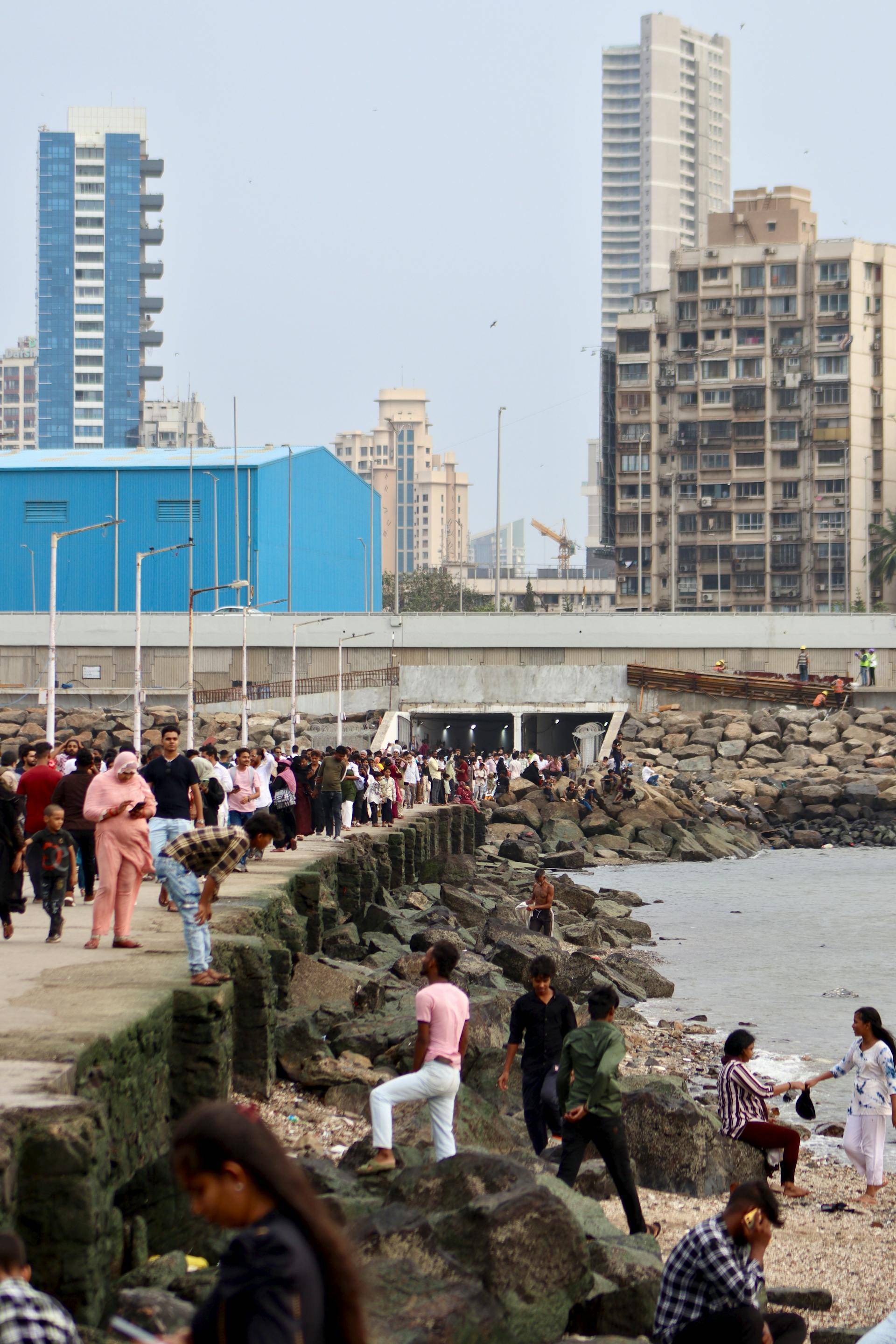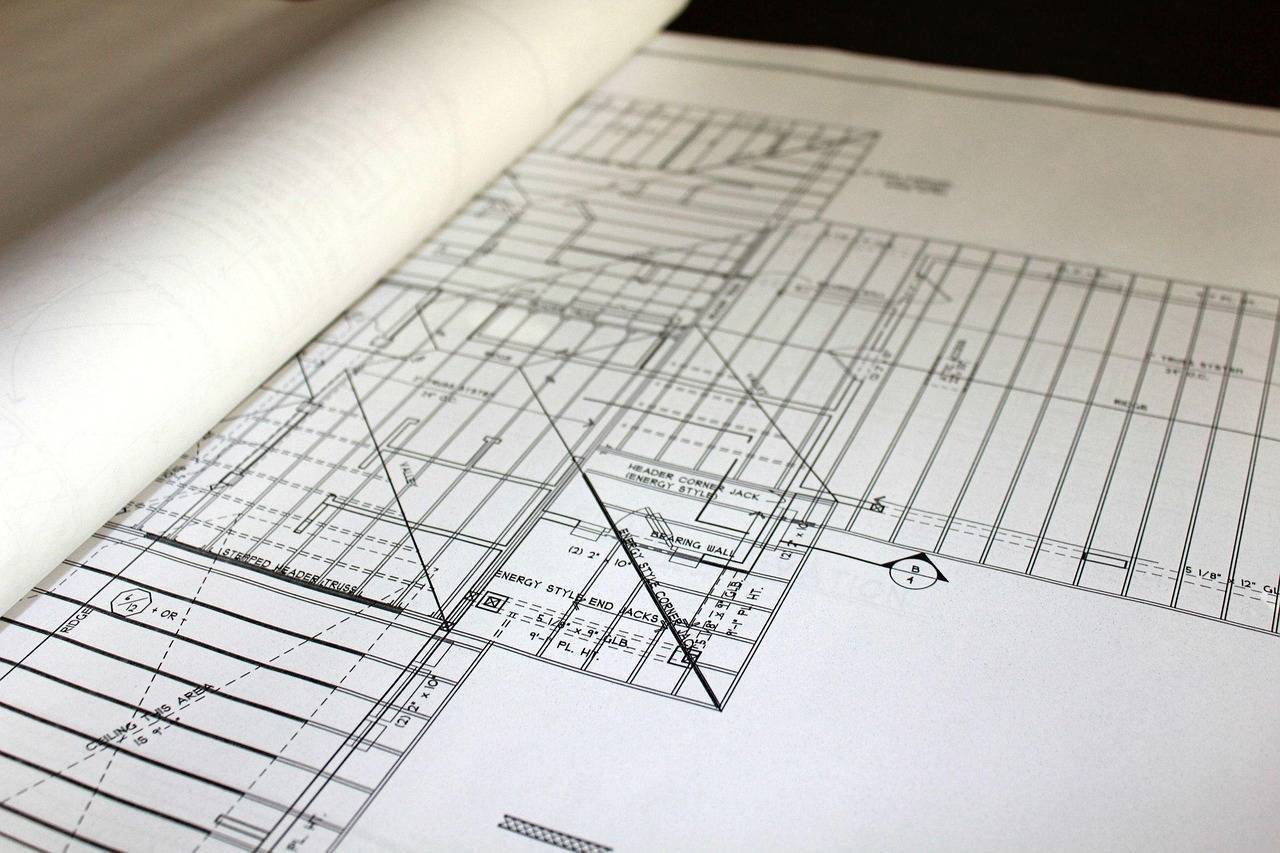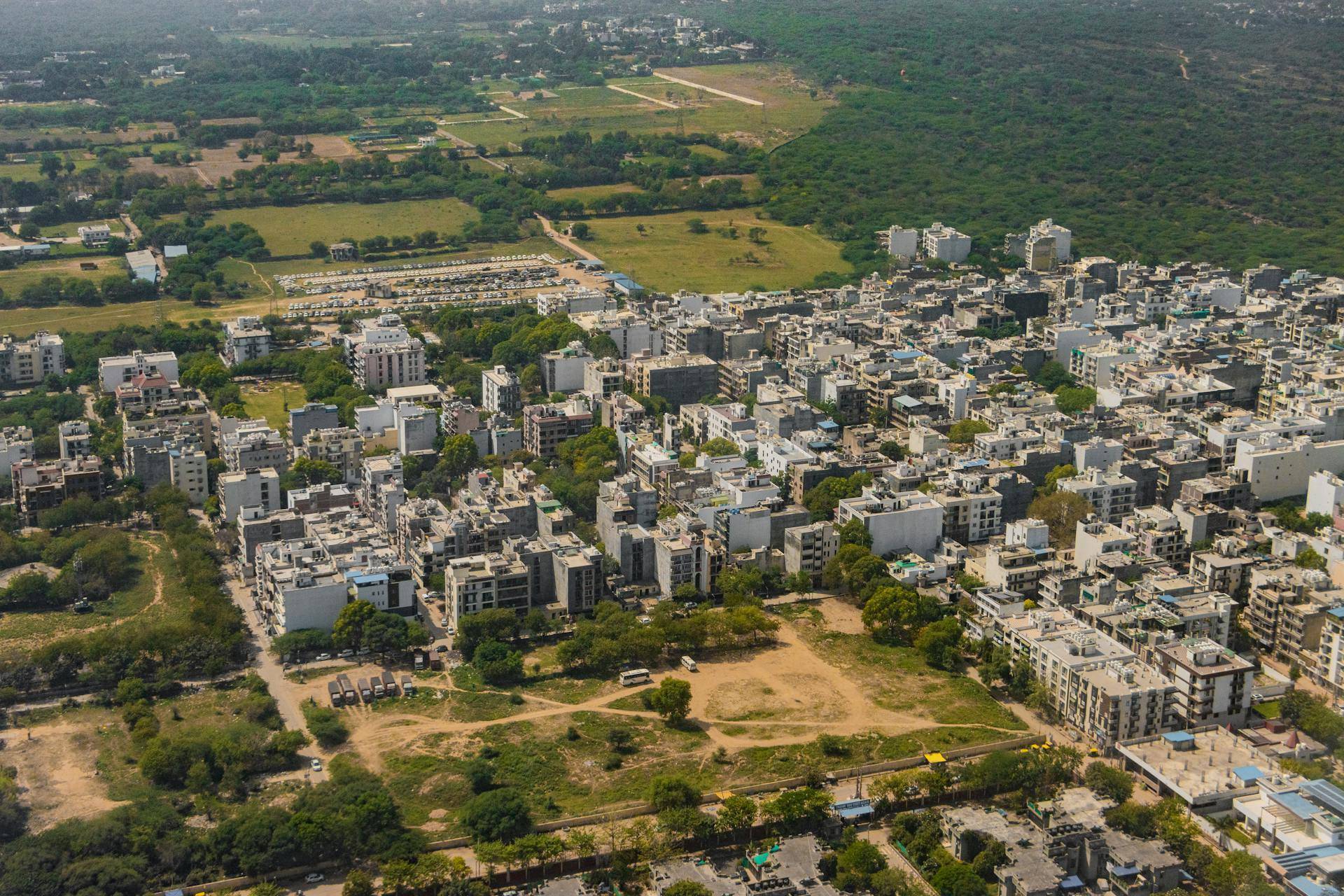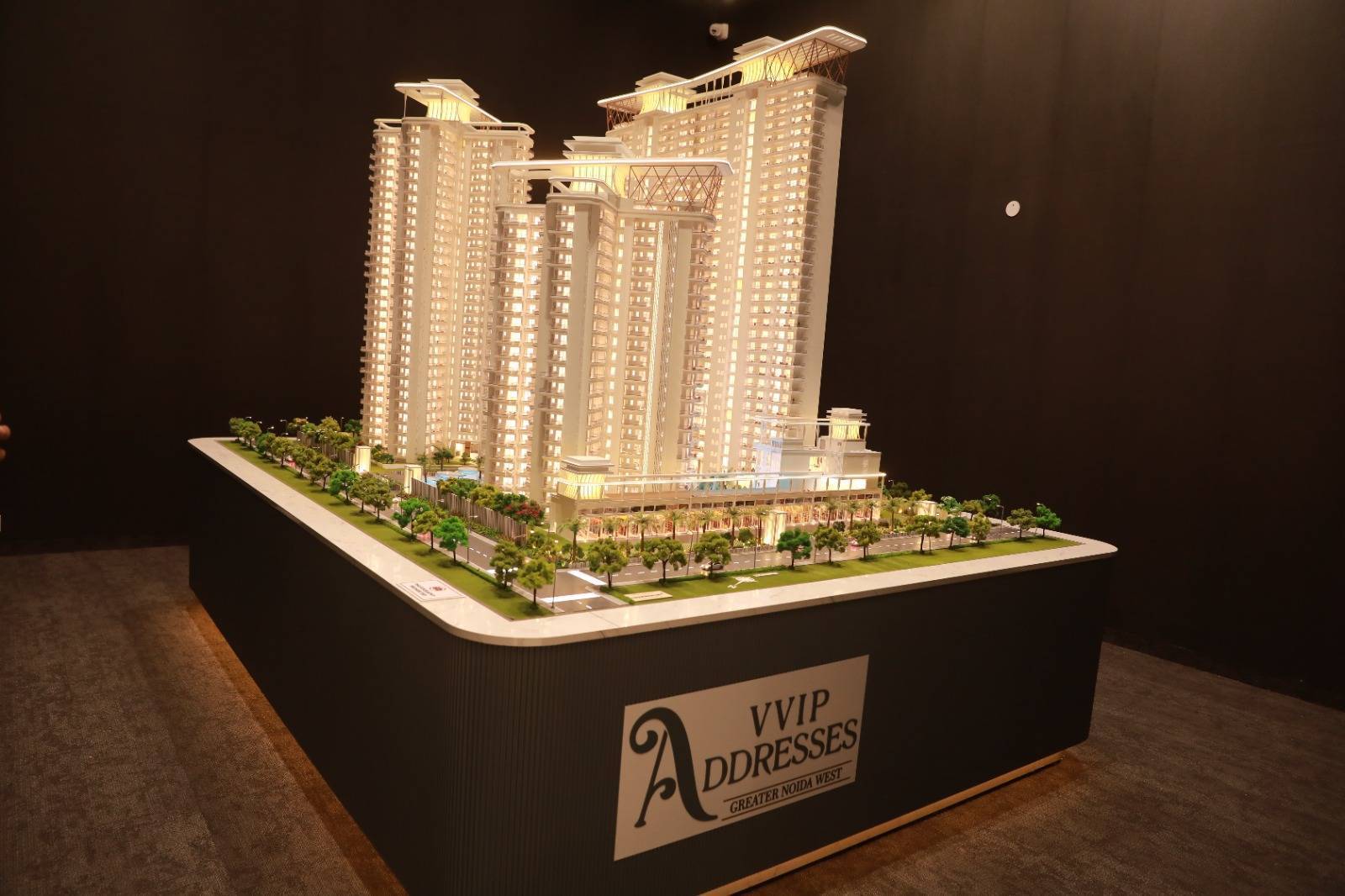Noida Authority to Adopt Mumbai’s Redevelopment Model, Approves Phased Plan for EWS and Leasehold Group Housing Societies
Noida Authority has introduced a redevelopment policy that draws from Mumbai’s well-established model but is tailored to the city’s specific demographic and land tenure conditions. The newly approved plan prioritizes the redevelopment of aging Economically Weaker Section (EWS) units and leasehold group housing societies. This marks a shift from a city-wide approach to a more localized, phased redevelopment process.
The redevelopment policy was approved at the 218th board meeting of the Noida Authority held on June 14, 2025. The plan addresses long-standing issues of deteriorating housing stock and infrastructure in old sectors, while offering clear regulatory guidance to developers and cooperative housing bodies.
Key Focus Areas and Policy Features
Unlike Mumbai’s blanket redevelopment approach, Noida’s model concentrates on project-specific proposals. Requests for Proposals (RFPs) will be issued individually, focusing first on sectors where the housing stock has aged significantly. Sectors 27, 93, and 93A have been identified as initial targets for redevelopment. The policy gives preference to EWS flats and leasehold societies developed by or under the purview of the Noida Authority.
Noida Authority CEO Lokesh M said that the board has provided in-principle approval to redevelop aging high-rises. He emphasized that the goal is to ensure that residents of these buildings gain access to improved basic facilities and modern infrastructure, without having to vacate the locality or compromise on space.
Under the scheme, developers will be allowed a higher Floor Area Ratio (FAR)—from the standard 2 FAR up to 3.5 FAR—on the condition that they provide upgraded, larger units to the original residents. They will also be responsible for arranging temporary accommodation during the reconstruction phase.
In addition to the increased FAR, cooperative and private developers can purchase additional development rights to build more units, which helps subsidize the cost of rebuilding and allows vertical expansion of low-rise buildings. The sale of these new flats to fresh buyers forms a crucial component of the financial model underpinning the redevelopment.
Legal, Technical, and Regulatory Improvements
Legal clarity is one of the major advantages of Noida’s approach. The new policy offers guidelines for title regularization, transfer of rights, and a framework for stakeholder consent. These aspects, often cited as causes of delay and litigation in earlier redevelopment attempts, are now more clearly defined.
The technical aspects of the policy enable reconstruction with updated building codes, improved structural safety, and provisions for sustainability. Developers are encouraged to use green building techniques, ensure fire safety upgrades, and integrate smart infrastructure elements.
This policy also addresses urban density in a controlled manner. By focusing on leasehold land parcels and societies with approved layouts, Noida aims to improve land utilization without causing haphazard congestion. The project-wise rollout allows the Authority to monitor progress and resolve issues more effectively than a city-wide implementation would allow.
Comparison with Mumbai’s Model
Mumbai’s redevelopment framework, particularly for slums and old cessed buildings, has been in place for over two decades. It relies on Development Control Regulations (DCR) that allow higher FAR, Transfer of Development Rights (TDR), and other developer incentives. While this has enabled large-scale transformation, the model has faced criticism for uneven implementation, delays, and lack of attention to specific beneficiary segments.
In contrast, Noida’s model begins with a narrower focus. It limits the scope to leasehold group housing and EWS redevelopment rather than tackling slums or old chawls. This provides clarity of target and better-defined beneficiary classes. It also allows the Authority to act as a central coordinating agency, especially since many of these group housing societies were originally developed on public land.
Noida’s redevelopment policy could serve as a scalable template for other NCR cities dealing with aging housing infrastructure. By focusing first on public-sector-developed housing and incorporating safeguards for existing residents, the model balances redevelopment with social responsibility.










